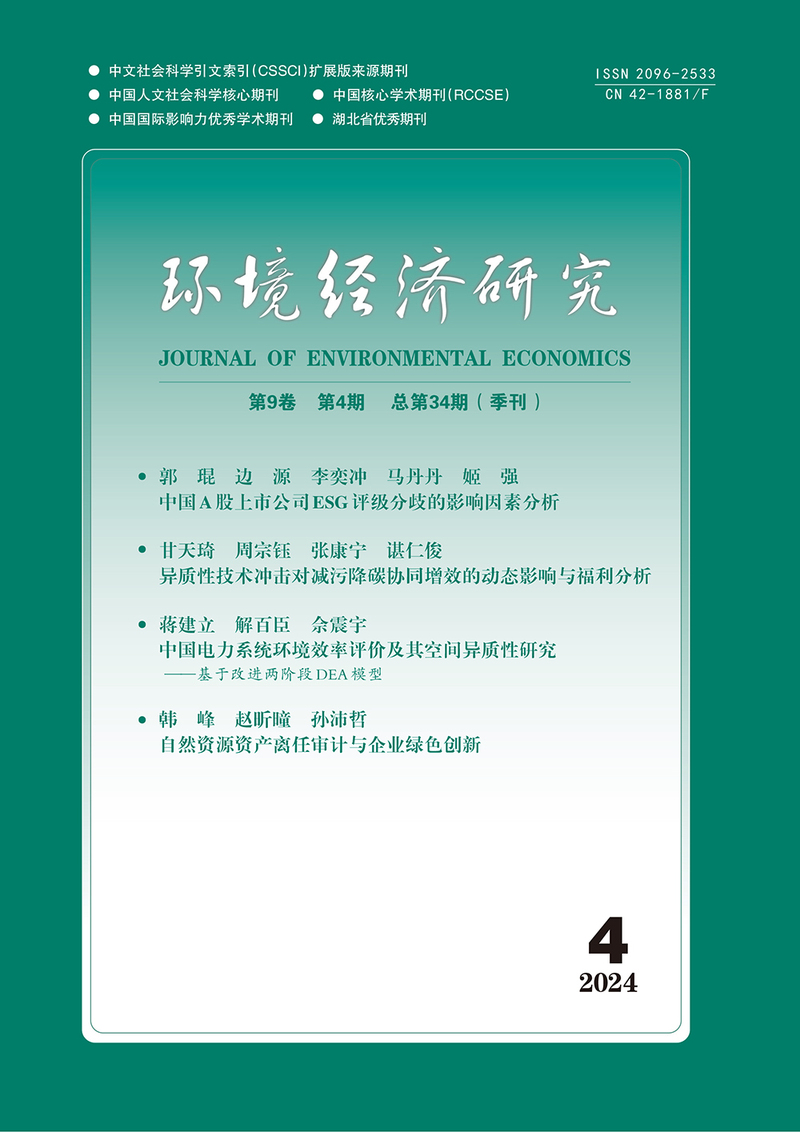Spatial Effect Decomposition of Provincial Pollution
Intensity Change in China
Hu Meng and Liu Feng
摘要:降低污染强度对改进环境质量,建设“美丽中国”具有重要意义。通过构建空间因素分解分析模型,本文利用LMDIⅠ分解技术,将污染强度的变动分解为三个空间效应:效率效应、密度效应和分布效应,并以中国24个省2007-2016年的工业废水、工业二氧化硫和工业烟粉尘污染强度为样本进行了计算。研究结果显示:总体上,工业废水和二氧化硫强度逐步下降,而工业烟粉尘强度逐渐上升;密度效应为正效应,分布效应为负效应,效率效应则因污染物种类不同存在分化;效应程度由弱到强依次为分布效应、密度效应和效率效应。基于研究结论,本文给出以下政策建议:减少行政障碍,提高城市经济密度;保持废水空间排放效率上升的良好态势,重点抑制烟粉尘空间排放效率不利的变化;在制定城市体系规划时,力促经济活动向空间排放效率、经济密度提升更高的城市集中。
关键词:污染强度;空间因素分解;效率效应;分布效应;密度效应
Abstract: Reducing the intensity of pollutant emission is of great significance to improving environmental quality and building a beautiful China. By building a spatial factor decomposition analysis model and using LMDIⅠ decomposition technology, the variation of pollution intensity is divided into three spatial effects: efficiency effect, density effect and distribution effect. Then the discharge intensity of industrial wastewater, industrial SO2 and industrial smoke and dust of 24 provinces in China from 2007 to 2016 was calculated. The results show that, the intensity of industrial wastewater and SO2 decreases gradually, while the intensity of industrial smoke and dust increases gradually. The density effect is positive, the distribution effect is negative, and the efficiency effect is differentiated according to the different pollutants. The order of effect degree from weak to strong is distribution effect, density effect and efficiency effect. Based on the research conclusion, the main measures to reduce the intensity of pollutant discharge are as follows,reducing administrative barriers and improving urban economic density,maintaining a good trend of increasing space emission efficiency of wastewater and SO2, focusing on restraining unfavorable changes in space emission efficiency of smoke and dust,and concentrating economic activities into cities with higher improvement of spatial emission efficiency and economic density in the formulation of urban system plan.
Keywords: Intensity of Pollutant Emission; Spatial Factor Decomposition; Efficiency Effect; Distribution Effect; Density Effect
项目资助:青岛市社会科学规划项目“青岛市环保公共服务绩效的提升研究”(QDSKL1701058)。
DOI:10.19511/j.cnki.jee.2019.03.007
